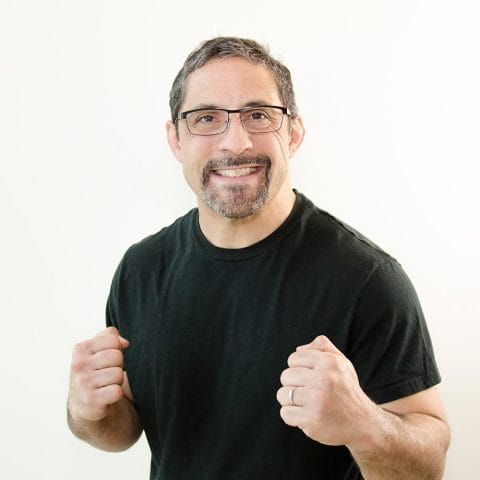By Vic Spatola, Master Personal Trainer, TRIBE Coach and Martial Arts Manager
Everyone knows flexibility is a key component in fitness, but what does it actually mean to be flexible? Flexibility, as defined by the National Academy of Sports Medicine, is the ability of the neuromuscular system to allow optimum extensibility of the appropriate tissues in the right range of motion, while providing optimum neuromuscular control through that range of motion. This means allowing muscles, tendons and ligaments to work in conjunction to allow normal range of motion of a joint. This requires that the soft tissues are free of tears, adhesions (scar tissue found in tendons and fascia) and are not overly excited due to a muscular imbalance. Those first two components are common results of exercise and training or injury. The last component, muscular imbalance, is commonly due to postural deviations. For example, if we lean too far forward in our normal posture, our hamstrings must fire twice as much as normal to hold us upright.
The second part of the definition of flexibility, while providing optimum neuromuscular control through that range of motion, is not only the ability to stretch muscles and connective tissue, but the control of that movement in that particular range of motion. I have seen very flexible people not be able to do some basic movements because they possessed neither the control nor the strength to work in that range of motion. For example, if you want to lift your leg past your hips, you not only need to work your hamstring flexibility, but you also need to have the muscular strength to lift your leg above your waist level. It is that combination of neuromuscular control and strength, as well as joint stability, that defines what our joint range of motion is to be.
This means that not everyone will have the same flexibility or range of motion, due to neuromuscular, joint or genetic restrictions. Excessive or inadequate range of motion in joints leads to issues in bio-mechanics. Flexibility and range of motion are different for each individual but can be improved through activity, active range of motion exercise, passive stretching and soft tissue manipulation.
Vic has been in the rehabilitation and training field since 1997 and has been with Club Greenwood since 2003. His clients’ goals range from recovering from a stroke to preparing for professional kickboxing, to professional athletes and everything in between. “You can push yourself safely to reach the goals you want!”
Vic’s martial arts background is diverse. He has competed in Muay Thai Kickboxing, Savate, MMA and Brazilian Jiu-Jitsu. He has taught a multitude of people in knife defense and self-defense techniques. Vic has trained under martial art legends Dan Inosanto (whom he worked for), Jean Jacques Machado, Royce Gracie and Erik Paulson. As an instructor in Bruce Lee’s Jeet Kune Do he “uses no way as a way”.
Train with Vic: [email protected]
Join Vic’s TRIBE: Tribe Team Training

